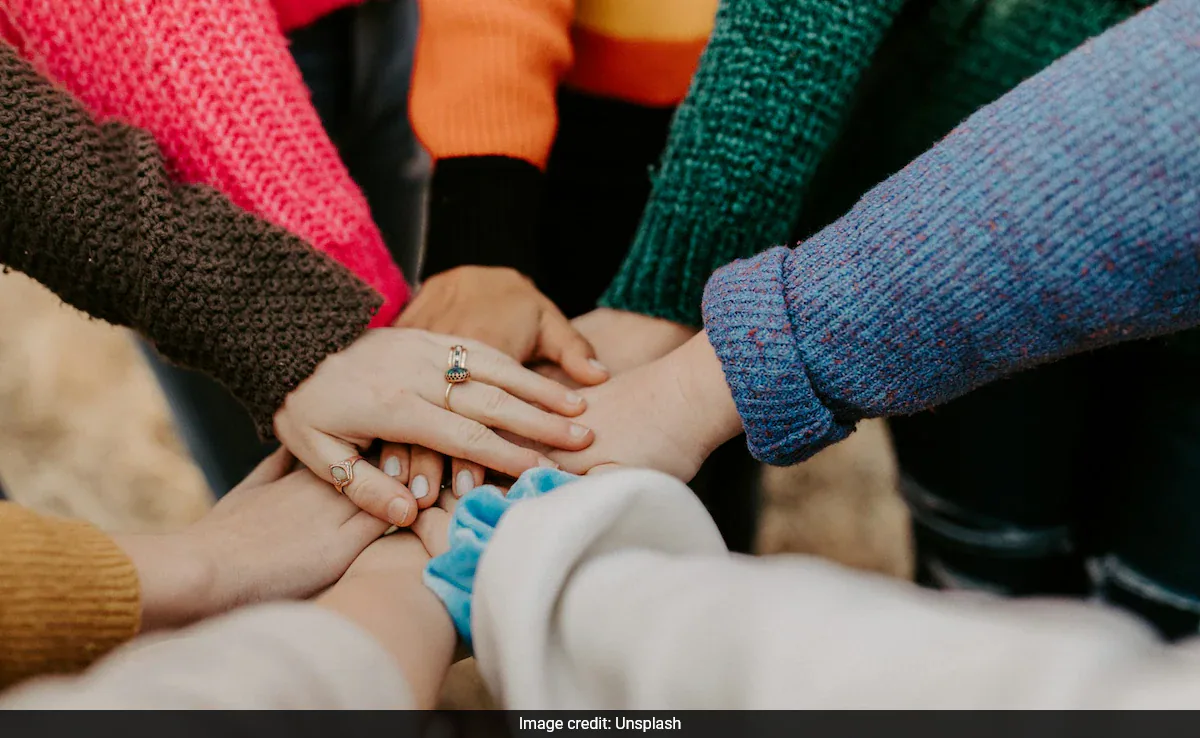The Role of Culture in Shaping a Child’s Identity and Development

Introduction
Culture is the invisible thread that weaves together the values, beliefs, and practices of a society, passing them down from one generation to the next. It profoundly influences every aspect of life, from the way we speak and think to the traditions we celebrate and the way we interact with others. For children, culture plays a crucial role in shaping their sense of identity, providing them with a foundation of values and norms that guide their development. As they grow, children absorb cultural cues from their families, communities, and environments, which help them form their worldviews and understand their place in society.
Senses (Child Safeguarding and Protection Principles)
Culture plays a pivotal role in shaping a child’s development, but it is crucial to ensure that the transmission of cultural values is done in a manner that respects and protects the child’s rights. When involving children in cultural practices, it is essential to:
- Respect the Child’s Autonomy: Encourage participation in cultural rituals but do not force them. Children should have the freedom to express their interest or disinterest in certain practices.
- Ensure Emotional Safety: Cultural narratives and rituals should be communicated in a way that is age-appropriate and does not instill fear or anxiety. Stories and practices should be presented in a positive light, emphasizing values of kindness, respect, and community.
- Promote Inclusivity: While teaching children about their own culture, it is important to also educate them about other cultures. This fosters respect and understanding of diversity, helping children to grow into empathetic and inclusive individuals.
- Encourage Critical Thinking: Children should be encouraged to ask questions about cultural practices and understand the reasoning behind them. This not only helps them internalize these values but also empowers them to think critically and make informed decisions.
Stones (Child Safeguarding and Protection Lessons for Parents, Government, and Society)
- For Parents: As the primary transmitters of culture, parents should focus on creating a nurturing environment where cultural practices are shared through positive reinforcement rather than coercion. Involve children in cultural activities by making them fun and educational, and always be open to explaining the ‘why’ behind these traditions.
- For Government: It is important for government bodies to support cultural education in schools while ensuring that it is inclusive and respectful of all traditions. Programs that celebrate diversity and teach children about various cultures can help in building a more harmonious society.
- For Society: Communities should strive to maintain cultural practices while adapting them to modern sensibilities. Cultural events and festivals should be inclusive, allowing children from different backgrounds to participate and learn from one another. This promotes social cohesion and mutual respect.
Conclusion
Culture is an integral part of a child’s development, shaping their identity, values, and social interactions. However, the transmission of cultural values must be handled with care, ensuring that it aligns with the principles of child safeguarding and protection. By fostering a positive and inclusive cultural environment, parents, governments, and society can help children grow into well-rounded, empathetic individuals who respect both their own traditions and those of others. Through thoughtful engagement in cultural practices, children can develop a strong sense of identity and belonging while being open and respectful toward the rich diversity of the world around them.
Source of Image: elevate45.com





